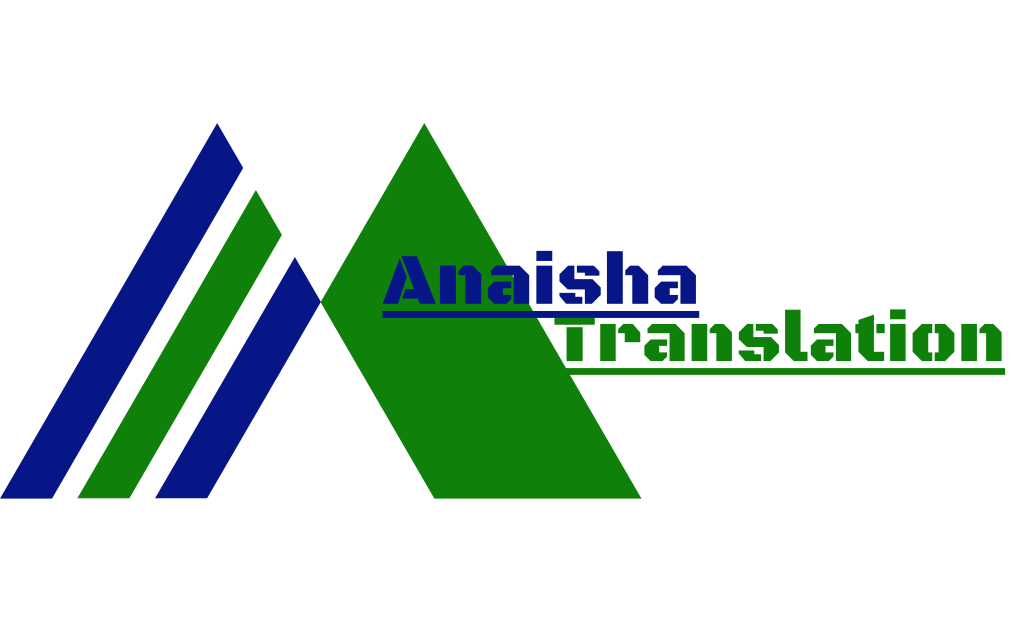Certified Arabic Translation in Mysuru

Certified Arabic language Translator in Mysuru | +91 – 9100392160 | ANA Translation: Arabic-English translation is a multifaceted endeavour that extends beyond linguistic proficiency. It involves navigating intricate cultural landscapes, addressing diverse linguistic challenges, and adapting to evolving technological landscapes. Professional translators, equipped with a deep understanding of both languages and cultures, serve as invaluable bridges, facilitating effective communication and fostering mutual understanding in an increasingly interconnected world. As technology continues to advance, the role of the human translator remains indispensable in preserving the richness of language and ensuring accurate cross-cultural communication.
Arabic Translation is a dynamic process that goes beyond rendering words from one language into another; it involves the intricate art of transferring cultural nuances, expressions, and meanings. This essay delves into the world of Arabic-English translation, highlighting linguistic challenges, cultural considerations, the role of technology, and the significance of professional translation in fostering global communication.
Arabic and English employ distinct scripts, with Arabic using a right-to-left script and a non-Latin alphabet. The stark contrast in script poses a fundamental challenge for translators. Addressing this requires not only linguistic proficiency but also a deep understanding of the visual and structural elements of each language.
The richness of any language lies in its idiomatic expressions and cultural nuances. Translating these directly may lead to loss of meaning or misinterpretation. Professional translators navigate this challenge by not only translating words but also conveying the cultural context, ensuring the essence of the message is preserved.
Both Arabic and English possess words with multiple meanings, and some words may lack an exact equivalent in the other language. Translators grapple with maintaining accuracy while dealing with ambiguity and polysemy, often opting for context-based decisions to convey the intended meaning effectively.
Arabic encompasses a variety of dialects, each with its unique linguistic characteristics. Translators face the challenge of choosing a standard form while being mindful of the audience’s dialectal background. Striking a balance between linguistic accuracy and accessibility is pivotal in addressing these variations.
In the realm of Arabic-English translation, the role of a professional translator cannot be overstated. Beyond linguistic proficiency, a professional translator possesses a deep understanding of cultural nuances, context, and the subject matter. This expertise ensures accurate and culturally sensitive translations.
Formal education and training in translation are crucial for developing the skills necessary for accurate and effective translation. Recognized qualifications not only validate a translator’s proficiency but also provide assurance to clients regarding the quality of their work.
Arabic has left an indelible mark on various fields, including science, mathematics, medicine, and philosophy. Classical Arabic texts served as a bridge for transmitting knowledge from ancient civilizations to the Western world during the Middle Ages, playing a crucial role in the Renaissance.
Arabic is one of the six official languages of the United Nations, emphasizing its global importance. The diaspora of Arabic speakers worldwide ensures the language’s continued relevance in international communication, trade, and diplomacy.
Arabic media, including news outlets, television, and online content, reaches a vast audience. The internet has facilitated language exchange and learning, fostering a virtual space for Arabic speakers and enthusiasts worldwide.
While Arabic’s global presence is undeniable, challenges such as geopolitical conflicts and the dominance of English in international discourse pose obstacles. However, initiatives to promote Arabic education, language preservation, and cultural exchange offer avenues for overcoming these challenges.
Arabic’s history can be traced back to the Arabian Peninsula, where it emerged as a Semitic language. Its early written form, known as Classical Arabic, gained prominence through the Quran, Islam’s holy book, in the 7th century. The Quranic Arabic became a unifying linguistic force, fostering a sense of identity among the diverse Arab tribes.
During the Islamic Golden Age (8th to 14th centuries), Arabic flourished as a language of science, philosophy, literature, and administration. Scholars across the Islamic world contributed to a vast body of knowledge, creating a legacy that continues to influence various fields today.
Arabic evolved into numerous dialects over time, reflecting regional influences and cultural diversity. Modern Standard Arabic (MSA) serves as a standardized form used in formal contexts, while colloquial dialects vary across countries, from the Maghrebi dialects in North Africa to the Gulf dialects in the Middle East.
Despite its significance, Arabic faces challenges such as dialectal variations, limited standardization in certain contexts, and the need for technological adaptation. Efforts to address these challenges, coupled with initiatives promoting Arabic education, offer opportunities for the language’s continued growth and global influence.
Arabic literature, spanning poetry, prose, and storytelling, is vast and diverse. Pre-Islamic poetry, epitomized by the Mu’allaqat, and the rich literary tradition of the Abbasid era contribute to an enduring cultural legacy. Prominent figures like Al-Mutanabbi and Ibn Arabi continue to influence Arabic literature.
The Arabic language, with its historical depth, linguistic intricacies, and cultural significance, stands as a testament to the diverse tapestry of human communication. From its ancient roots to its contemporary relevance, Arabic has played a pivotal role in shaping civilizations, fostering cultural identity, and contributing to global knowledge. As the world continues to evolve, the enduring legacy of the Arabic language ensures its place as a bridge between the past and the future, connecting people across borders and generations.
We offer below services for Certified Arabic Language Translator in Mysuru
- Arabic to English Translator in Mysuru
- English to Arabic Translator in Mysuru
- Technical Arabic Translator in Mysuru
- Arabic Translator for Machine Installation
- Arabic to Hindi Translator in Mysuru
- Hindi to Arabic Translator in Mysuru
- Arabic Translator for Business Meetings
- Arabic Translator for Conference in Mysuru
- Arabic Translator for Market Research in Mysuru
- Birth Certificate Arabic Language Translation in Mysuru
- Death certificate Arabic language Translation in Mysuru
- Educational Document Arabic Language Translation in Mysuru
- PCC Arabic Language Translation in Mysuru
- Certified Arabic English Language Translation in Mysuru
